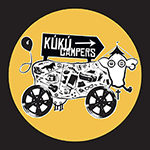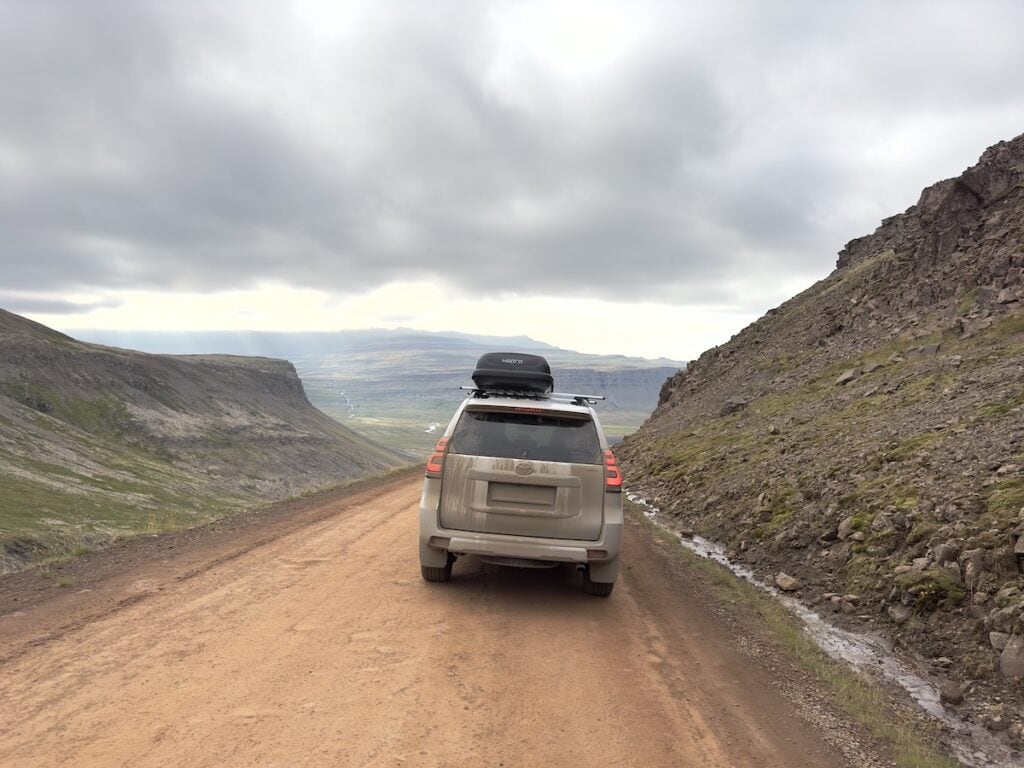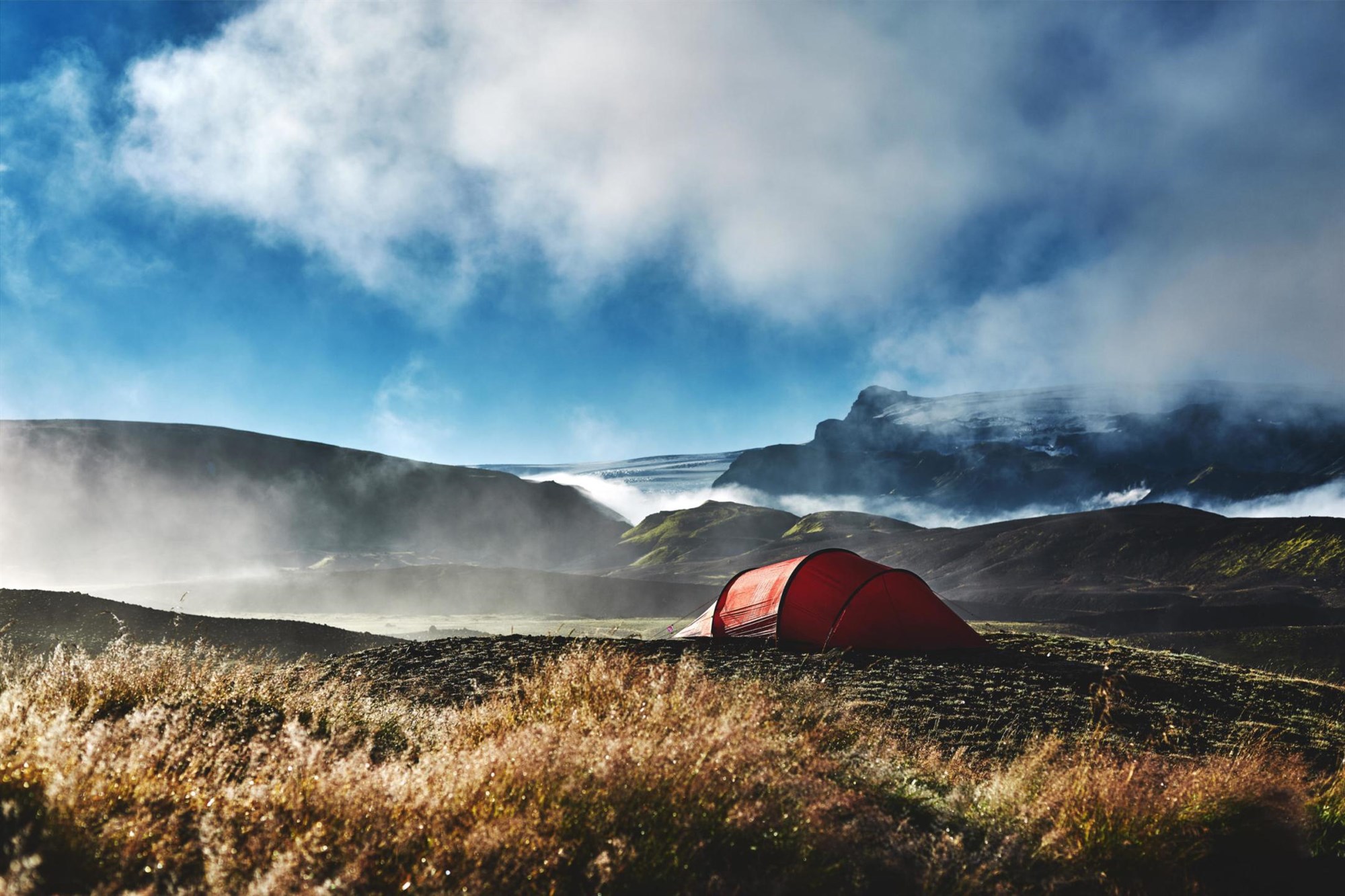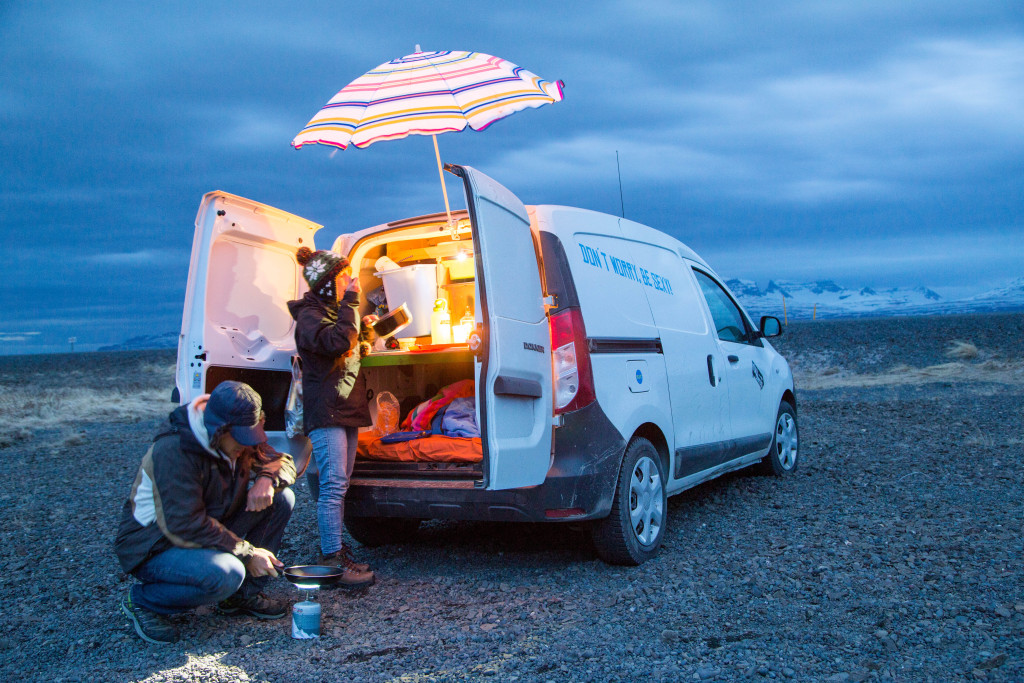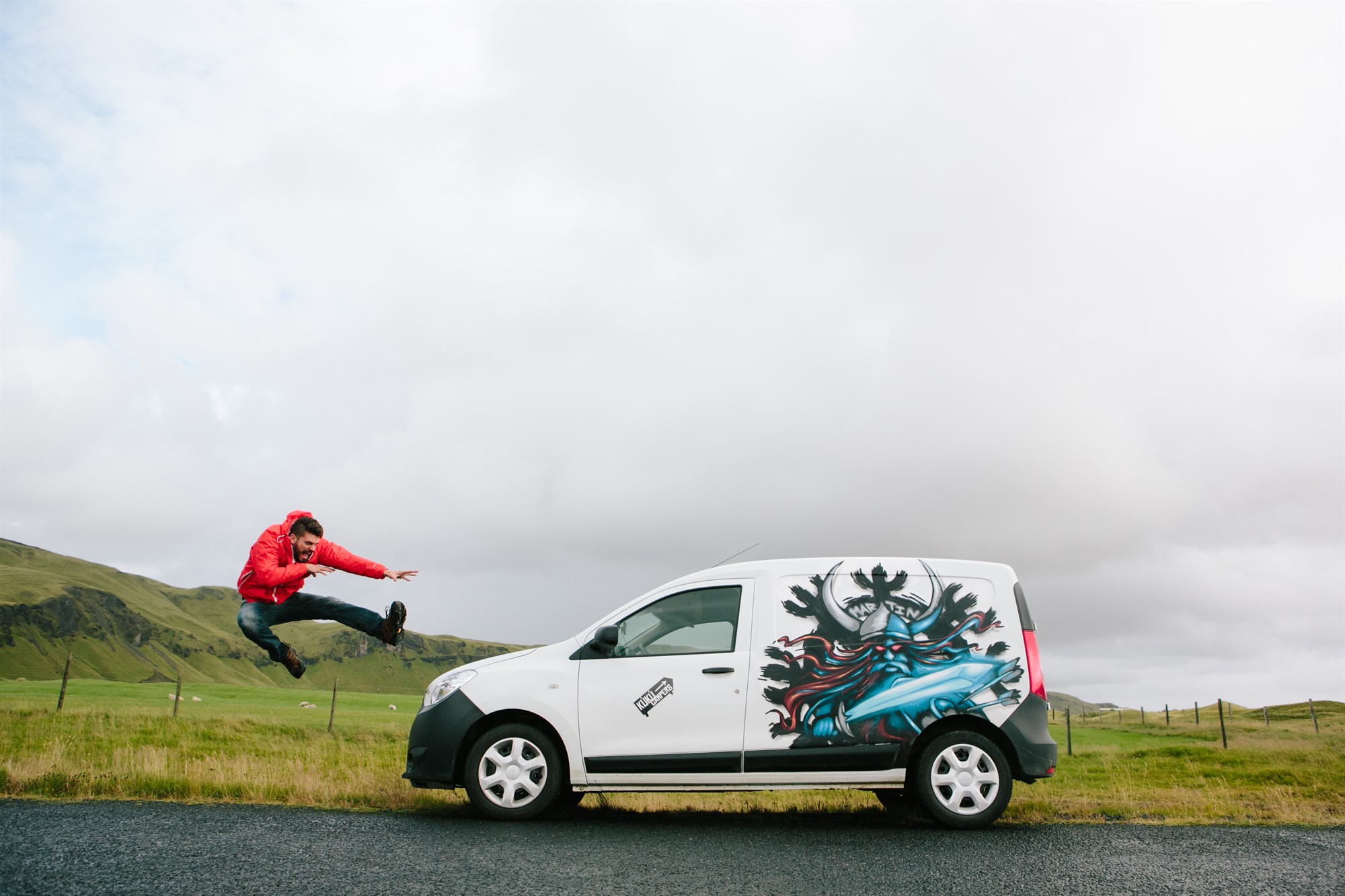What If I Run Out of Gas in the Middle of Nowhere? And Other Fun Icelandic Campervan Nightmares
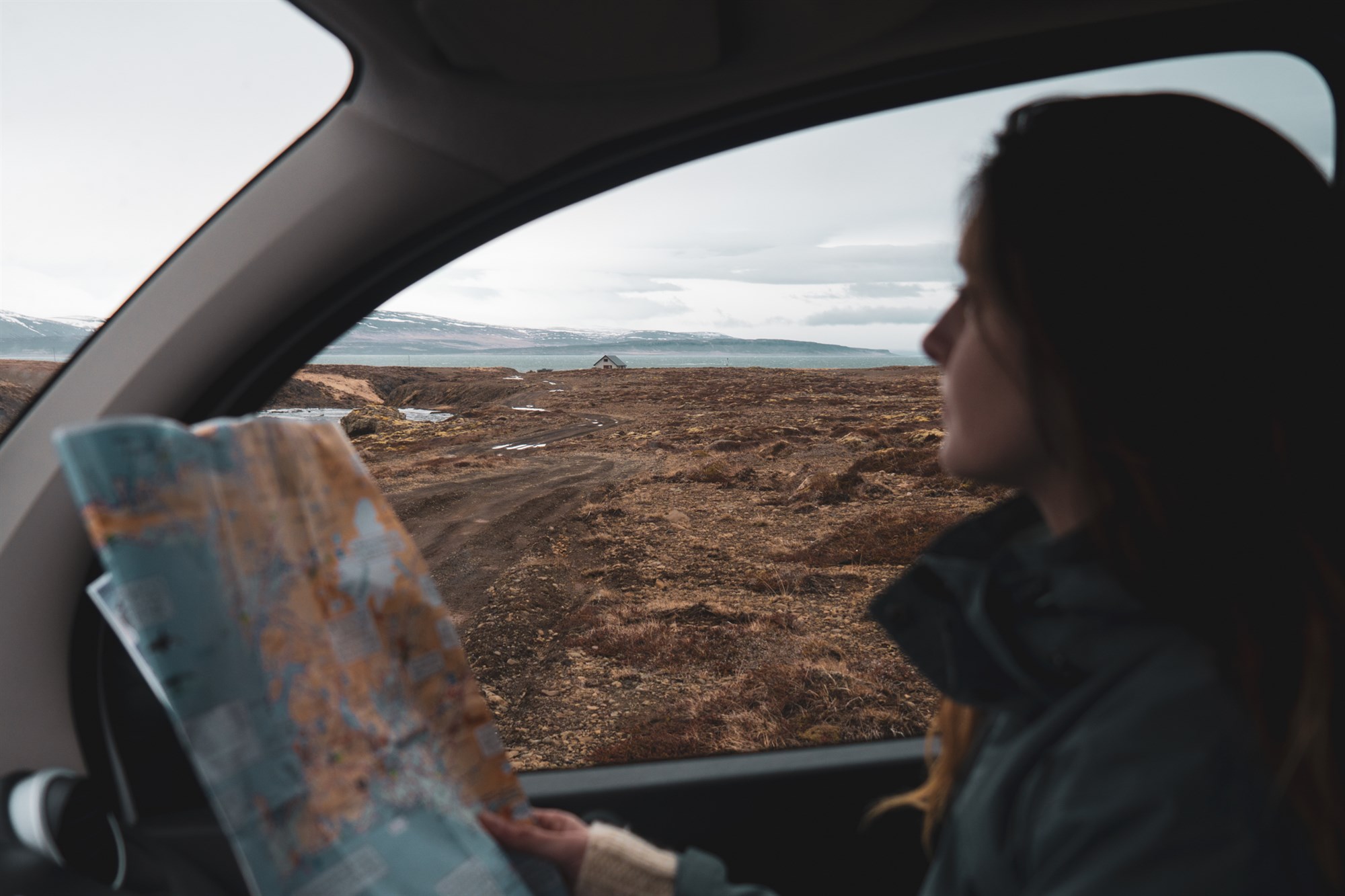
So, you’ve decided to live your best #vanlife in Iceland.
You’ve got the playlist ready, the camera charged, and a mental Pinterest board full of waterfalls, glaciers, and hot spring selfies. What could possibly go wrong?
Well… a lot, actually.
Like running out of gas three fjords away from the nearest human.
Or discovering that your “cute gravel detour” is actually an F-road reserved for monster trucks and local trolls. Or realizing (too late) that Icelandic wind has no chill. Literally.
This article is not here to scare you. (Okay, maybe a little.) It’s here to prepare you for the wild, the weird, and the wonderfully unpredictable world of Icelandic campervan travel.
Think of it as your slightly panicked but well-meaning travel buddy who’s made all the mistakes so you don’t have to.
Ready for some horror stories with a happy ending? Buckle up. Things are about to get… bumpy.
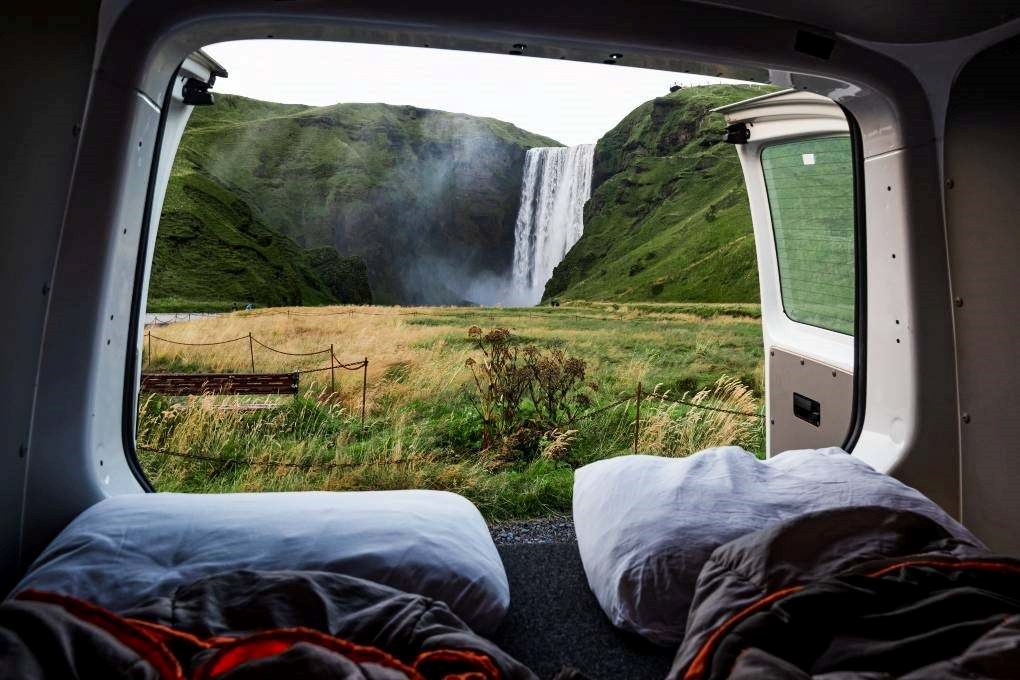
What If I Run Out of Gas in the Middle of Nowhere?
Let’s paint the picture: it’s 9:47 p.m., you’re somewhere between “I think we passed a waterfall an hour ago” and “is that an active volcano?”, and your fuel gauge is officially in panic mode.
There's no signal, no gas station, and your travel buddy just offered to push the van “for morale.”
Running out of gas in Iceland isn’t just a plot twist, it’s a rite of passage for the underprepared.
Why? Because gas stations here aren’t exactly sprinkled everywhere like Skyr in a grocery store.
Especially once you leave the Ring Road and head into the highlands or remote fjords, fuel stops become rare unicorns.

So, here’s how to NOT become that stranded van:
1. Fill up often. Like, obsessively.
See a gas station? Stop. Even if you just fueled up 50 km ago. Even if you don’t feel like peeing again. Trust us: future-you, stuck in the middle of a lava field, will thank you.
2. Learn the sacred names: N1, Orkan, Olís.
These are the big players in the Icelandic gas game. Download their apps, check their station maps, and embrace your new religion: The Church of Never Running on Empty.
3. Don’t trust the tank gauge blindly.
Windy roads, steep climbs, and cold temps can mess with your fuel consumption. That “quarter tank left” might evaporate faster than your dreams of seeing the northern lights.
4. Pay-at-the-pump cards are your best friend.
Many rural stations are unmanned, especially at night. Make sure your card has a pin and can be used at automatic pumps. If you show up with cash or a smile, the pump will ignore you.
5. Plan like a doomsday prepper.
Check your route for fuel stops before you leave civilization. Some stretches (like from Egilsstaðir to Mývatn) can feel like a fuel-themed horror movie if you’re unprepared.
What If My Camper Gets Stuck on a Gravel Road?
You’re cruising along, wind in your hair, Icelandic sheep judging you from the sidelines, when suddenly… crunch.
The smooth asphalt disappears and you're now bouncing along what can only be described as a road designed by someone who hates suspensions.
Welcome to the magical world of Icelandic gravel roads, where Google Maps shrugs and your 2WD camper starts questioning its life choices.
Why is this happening to me?
Because Iceland doesn’t mess around.
Once you leave the Ring Road, especially if you’re heading into the highlands or chasing a “hidden gem” someone on Reddit mentioned, you’re likely to hit unsealed gravel roads.
Some are chill. Some are sketchy. Some are actual F-roads (and those are a whole different beast).
Let’s break it down:
1. Not all gravel roads are created equal.
Some are well-maintained and scenic. Others are a pothole obstacle course with bonus rivers. Always check your route in advance (with real maps, not just Instagram posts) and don’t assume the “shorter” road is faster. Or safer.
2. F-roads are 4x4 territory. Period.
If the road name starts with an F (like F208 or F35), that’s a government-approved way of saying “you shall not pass” unless you’re in a 4x4. And no, a brave heart and a playlist full of Viking metal do not count as four-wheel drive.
3. Insurance doesn’t cover bad ideas.
Driving a 2WD camper on F-roads? Your insurance will vanish faster than the sun in December. Getting stuck? That tow will cost you more than your flight home.
4. Read the signs. Obey the signs. Worship the signs.
If a road is marked as impassable, it’s not a dare. It’s reality. Icelandic nature is stunning, but also savage. If a glacier wants you gone, you’ll be gone.
5. When in doubt, turn around.
There is zero shame in bailing. There is shame in getting stuck in a lava field and having to explain to your rental company why their van is now a lawn ornament for trolls.
What If I Forget to Check the Weather and Drive into Mordor?
Let’s talk about Iceland weather, also known as the #1 cause of unexpected plot twists on your road trip.
You might think you've packed enough layers and optimism, but Iceland will humble you in less than ten minutes.
Skipping the forecast is a rookie mistake. And in Iceland, rookie mistakes come with side effects like flying campervans and emotional breakdowns in lava fields.
Here’s why checking the weather before driving in Iceland is not optional:
1. Icelandic wind doesn’t play nice.
We're talking gusts that can literally rip your campervan door off. If there's a wind warning in Iceland, believe it. Driving in these conditions isn’t brave, it’s stupid. Always check vedur.is for the latest updates.
2. Seasons mean nothing here.
Sun in the morning, snow in the afternoon, sideways rain in the evening. Classic Iceland weather. Don’t trust the blue skies, trust your weather app. Actually, trust two weather apps. And a local sheep.
3. Driving in fog? Fun!
Mountain passes are notorious for disappearing in thick fog. One second you're admiring the view, the next you're deep in a white void. If you're doing a road trip in Iceland, this is when slowing down becomes a survival skill.
4. Road closures are common and dramatic.
Flooded roads, snowed-in passes, wind-closed bridges: it happens more often than you'd think. Always check road.is before hitting the road. This is the holy grail of Iceland road trip tips.
5. Be ready to pull over and wait it out.
Sometimes the smartest thing you can do is park, nap, eat chocolate, and wait. Your campervan isn’t just transport, it’s a mini survival pod. Use it.
Planning a road trip in Iceland without checking the forecast? Bold. But don’t say we didn’t warn you.
What If I Wild Camp Where I Shouldn’t?
You've parked by a waterfall, made pasta on your mini stove, and now you're watching the northern lights in your pajamas.
Living the dream, right?
Until a ranger knocks on your window at 2 a.m. and reminds you that wild camping in Iceland isn’t exactly as “wild” as you thought.
Turns out, Iceland has rules. And if you’re doing a campervan road trip in Iceland, you really need to know them, unless you're into surprise fines and awkward conversations with local authorities.
So… can you wild camp with a campervan in Iceland?
Short answer: not really.
Since 2015, it’s illegal to camp overnight in a tent, caravan, or campervan outside of designated campsites on privately owned or protected land. Which, spoiler alert, is most of the country.
So, what does this actually mean for you?
1. Stick to official campsites.
There are hundreds across the country, some with hot showers, some with sheep neighbors. Use apps like Parka or tjalda.is to find your nightly home base. Following the Iceland campervan rules is easier than explaining yourself in broken Icelandic.
2. Don’t park and hope for the best.
"Looks empty" doesn’t mean legal. Many scenic spots are on private land or nature reserves. Camping in Iceland is about respect, for the land and the law.
3. Fines are real.
And they’re not cute. Rangers can fine you on the spot, and your rental company might charge extra if they get involved. No one wants their dream trip to end in a bureaucratic showdown.
4. Yes, even if you’re “just sleeping a few hours.”
It still counts. Even if your engine’s off and your curtains are closed. Icelanders are chill, but not about this.
5. Bonus tip: always leave no trace.
Use campsite bins, dispose of greywater properly, and keep your campervan travel in Iceland as clean as the views you came for.
Bonus Round: Other Campervan Fails to Avoid
So you’ve dodged the gas station disaster, avoided the gravel trap, survived Icelandic weather, and didn’t get arrested for wild camping. Congrats!
But wait... there’s more. Because traveling Iceland by campervan is full of little surprises… and not all of them are cute.
Here are a few extra campervan mistakes in Iceland you’ll want to avoid if you’re aiming for “epic road trip” instead of “emergency Facebook post.”
1. Forgetting the holy trinity: toilet paper, wet wipes, and hand sanitizer
Some campsites are minimalist. Others are "we have a faucet and a prayer". Don’t assume anything. Keep your own essentials ready for the glorious mess that is Iceland van life.
2. Not managing your battery like a boss
Leaving the car heater, lights, and fridge running all night? Rookie move. If you're not plugged into shore power, your camper's battery will tap out faster than your will to cook noodles for the third night in a row. This is a key Iceland campervan tip: be battery-aware or be cold. (Not if you're renting with KuKu Campers, though: our overnight heaters have a secondary battery that recharges while you're driving and lasts for 7-8 hours!)
3. Condensation is real and moist
You wake up, everything's wet, and it’s not romantic. Ventilate your camper at night (yes, even if it’s freezing outside). Iceland has enough waterfalls; your van doesn’t need to become one.
4. Overpacking like you're moving in
Icelandic campervans are cozy, not palatial. You don’t need seven sweaters, three pairs of boots, and that inflatable flamingo. Save space for food, gear, and your sanity.
5. Forgetting to enjoy the chaos
Yes, things will go wrong. Yes, your pasta will fall on the floor at least once. But honestly? That’s half the fun of exploring Iceland in a campervan. The goal isn’t perfection: it’s adventure. And maybe a good story to scare your friends with.
